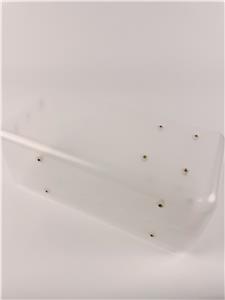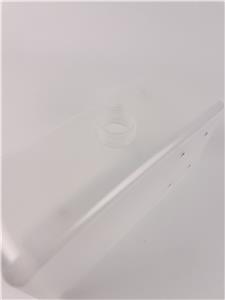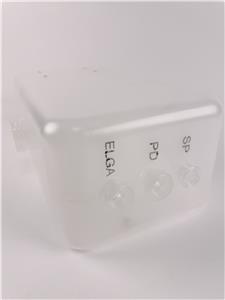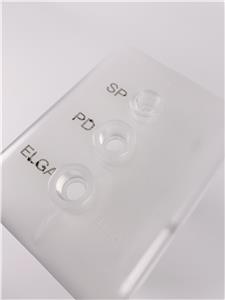Blow Molding with Precise Internal Threads: Overcoming Manufacturing Challenges
Creating Precise Internal Threads in Plastic Blow Mould components is a significant manufacturing feat, eliminating the need for post-molding threading and enabling cost-effective, airtight parts for industries like pharmaceuticals and automotive. This article explores the complexities of Blow Mold threading, advanced techniques, and material considerations.

1. The Challenge of Internal Threads in Blow Molding
Traditional Blow Mold processes focus on external shapes, making Precise Internal Threads inherently difficult. Key hurdles include:
Pressure Sensitivity: High-pressure Plastic Blow Mould cycles can distort delicate thread profiles.
Material Behavior: Plastic viscosity and cooling rates impact thread fidelity (e.g., pitch depth consistency).
Tooling Precision: Molds require robust, threaded inserts to withstand Blow Mold temperatures/pressures without warping.
For applications like sterile vials or fluid seals, even minor thread deviations can compromise performance, demanding near-perfect tolerances.

2. Advanced Techniques for Thread Formation
To achieve Precise Internal Threads, manufacturers employ:
Threaded Inserts: Hardened steel inserts are placed in the Plastic Blow Mould, creating thread negatives during molding. Alignment is critical to prevent defects.
Flow-Guided Molds: Custom Blow Mold cavities redirect plastic flow to form threads in situ, optimized via CFD simulations.
Process Control: Adjusting melt temperature, blow pressure, and cooling time ensures thread integrity in Plastic Blow Mould parts.

3. Material Selection and Process Optimization
Precise Internal Threads demand materials with:
High melt strength (e.g., PET, HDPE) to prevent thread collapse during Blow Mold expansion.
Dimensional stability (crystalline polymers preferred over amorphous ones).
Process refinement involves:
FEA/CFD simulations to predict plastic behavior.
Strict QA to validate thread functionality (e.g., leak tests for automotive Plastic Blow Mould components).

4. Benefits of In-Mold Threading
Despite challenges, Blow Mold threading offers:
Cost Savings: Eliminates secondary threading operations.
Design Freedom: Enables complex geometries (e.g., multi-start threads) unachievable with post-processing.
Enhanced Reliability: Threads molded directly into Plastic Blow Mould parts show superior consistency vs. machined threads.
Conclusion
The integration of Precise Internal Threads into Blow Mold and Plastic Blow Mould processes represents a leap in manufacturing efficiency. By combining advanced tooling, material science, and process control, industries can produce high-tolerance, threaded components with unmatched reliability.

